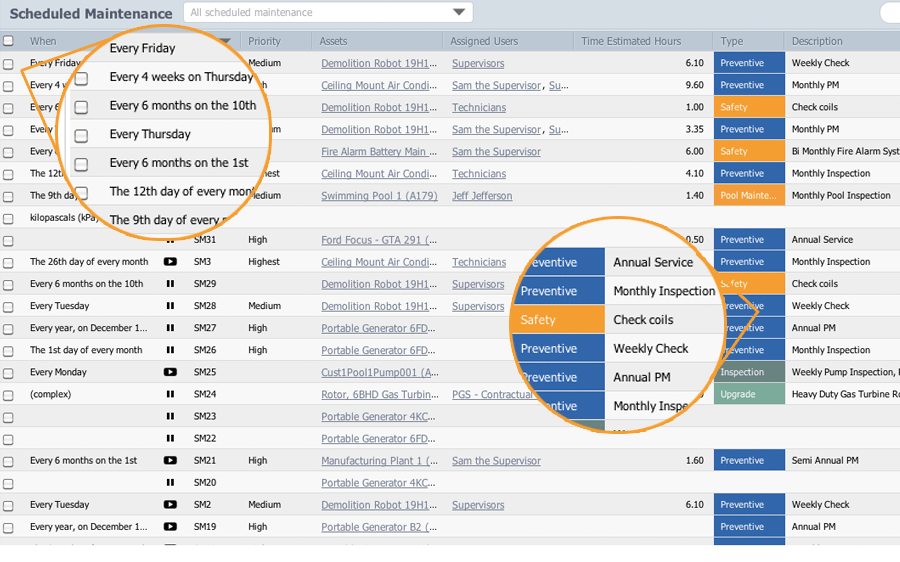When it comes to running a business, it’s critical that you are continuously working to improve your bottom line. For many within the transportation sector, knowing exactly where you could be losing money or how you could be running your business smarter isn’t always clear. That’s why it’s important to highlight how new technologies and innovations like telematics can do this for you through fleet safety, employee happiness, fleet efficiency, and regulation compliance.
Telematics: What Is It And Why Should You Pay Attention To It
Source: YouTube, Verizon Connect
Telematics is a technology that focuses on gathering and storing critical data. Typically, the data that it collects is used to gain more information about a business or sector. Often, telematics systems are used within the transportation sector to better understand fleet and employee performance. In terms of demand, a recent Automotive Telematics Market Report found that the global automotive telematics sector was reported to be worth approximately $50.4 billion in 2018, and is expected to grow to be worth $320.6 billion by 2026.
Within truck fleets, this innovative technology focuses on monitoring driver behaviour, GPS information and vehicle diagnostic information. As the data is gathered, it is transmitted by cellular or satellite networks so it can be displayed on desktops and mobile apps through fleet management services. The data is gathered periodically (typically every few seconds or minutes depending on the device and software provider) to increase the bottom line of companies.
How Telematics Can Be Economically Beneficial Within Fleet Businesses
With so much data available, many automotive fleet companies are seeing positive trends that, in fact, result in increased profits.
Increased Efficiency
Since telematics technology automatically gathers mass amounts of data, it can better track driver behaviour. For many fleets, this means that drivers are more productive and diligent with their driving behaviours since they’re being monitored. As a result, many fleet operators are using this data to better organize and schedule their team to reach maximum productivity and efficiency.
Happier Employees
Previously, fleet drivers would be required to physically complete driving logs to show how far they drove or when they arrived at a certain destination. For many, this was timely, tedious, and often susceptible to errors. With this process becoming automated by telematics technology, drivers no longer have the burden of completing this and can rest easy knowing their logs are accurate. Often, this leaves drivers happier as their work responsibilities are adjusted to better reflect priorities.
Additionally, with data automatically being transmitted and drivers being compelled to meet regulatory standards, many have noticed an increase in employee satisfaction as well as employee retention since the working conditions are better! And we all know that happier employees result in less employee turnover, which is known to cost businesses thousands.
Safer Conditions
As briefly mentioned, telematics technology encourages drivers to abide by regulatory standards. Meaning, fewer drivers are suffering from driver fatigue as they’re not driving over the defined HOS (Hours of Service). This, resulting in safer road conditions as fleets can feel confident that their team is not overworked!
Optimized Vehicle Performance
Among the mass data that is gathered, telematics devices are collecting more information than solely driver behaviour. The devices also collect information on the vehicle being used. Many systems are able to monitor tire pressure, the temperature of the trailer and monitor the automobile for fault errors. Allowing for more concrete predictions in preventative maintenance so fleets can continue to run seamlessly.
Limited Downtime
In addition to optimized vehicle performance, new technology is reducing the amount of downtime that vehicles are encountering. As mentioned briefly, many systems can monitor vehicles for their driving conditions which allow for better preventative maintenance to happen. This is due to telematics systems gathering data that can be translated and used to calculate when a truck may need to be serviced according to forecasts and historical data. Ultimately allowing for more work to be completed on a consistent basis as there are fewer incidents and breakdowns.
Compliance Satisfaction
Last but not least, the implementation of telematics technology means that your fleet is more likely to be compliant with regulations. When businesses are compliant with regulations, it ensures that there will be less capital required to pay any fines that may arise if your technology is not up to date. So, investing in telematics today can save you money in the long run.











































